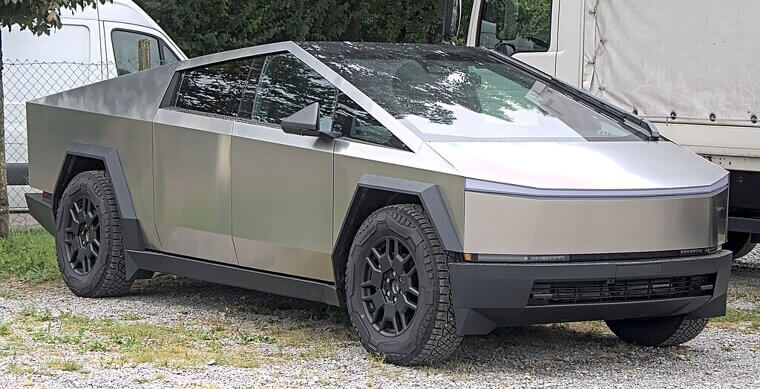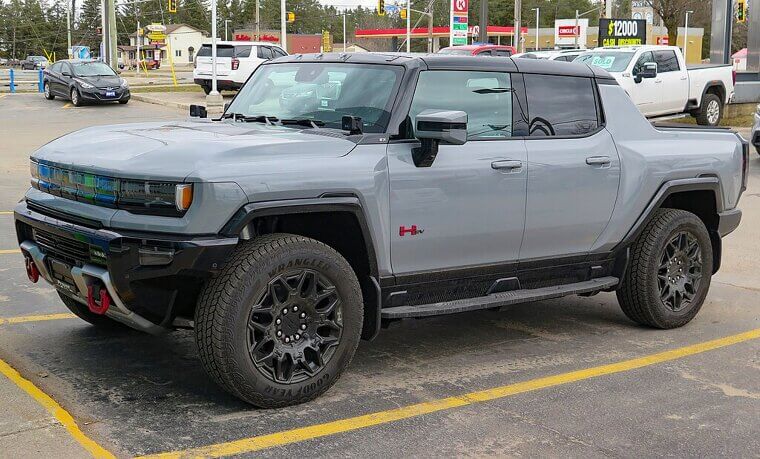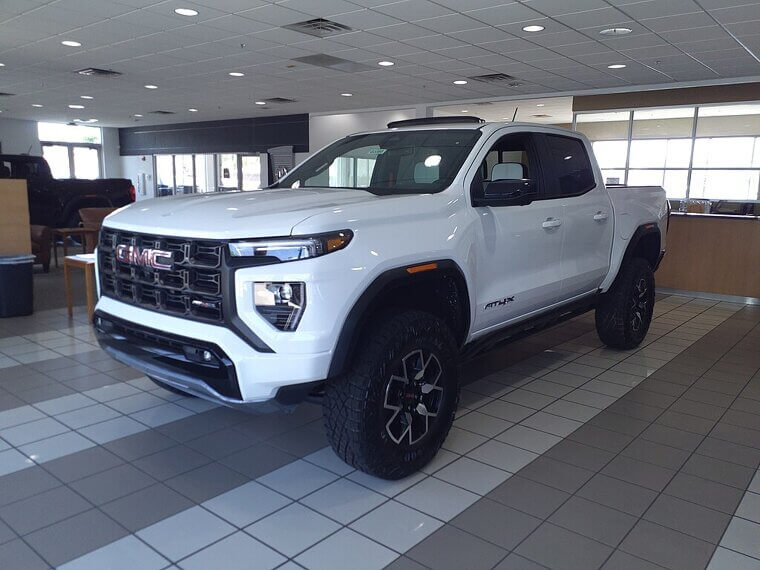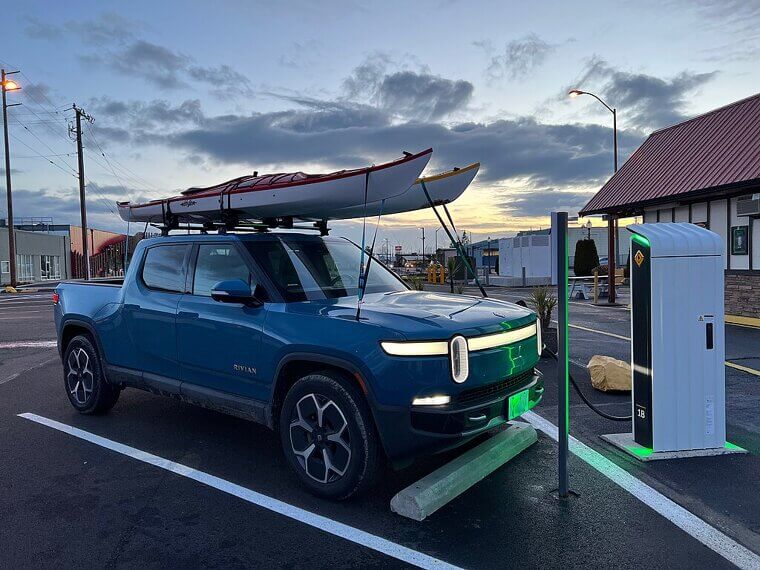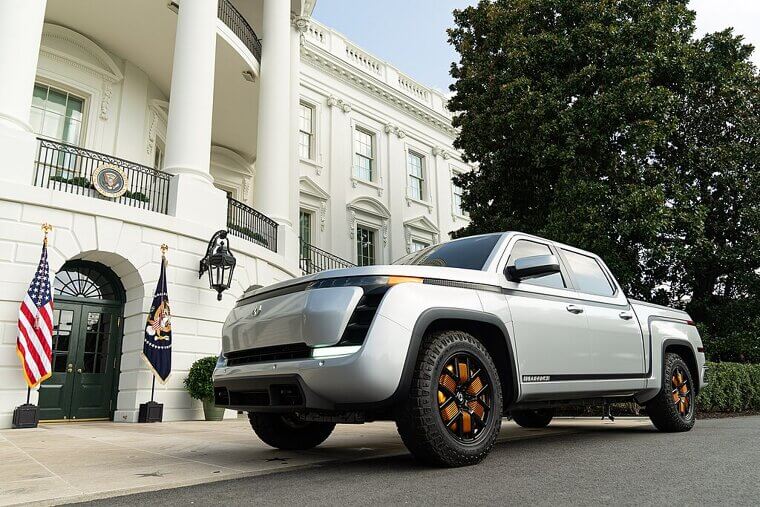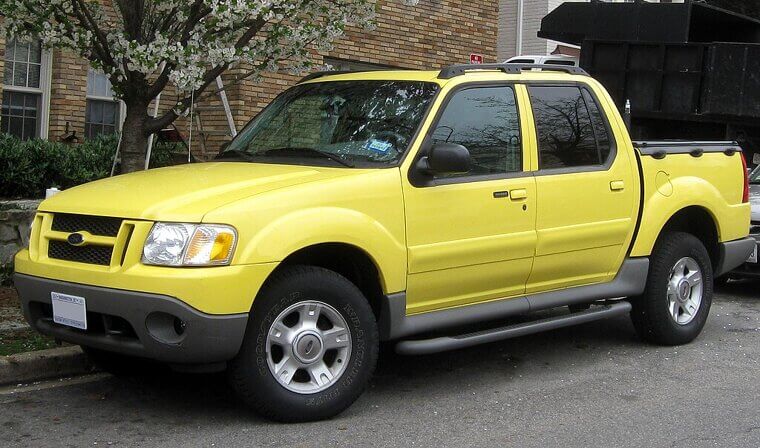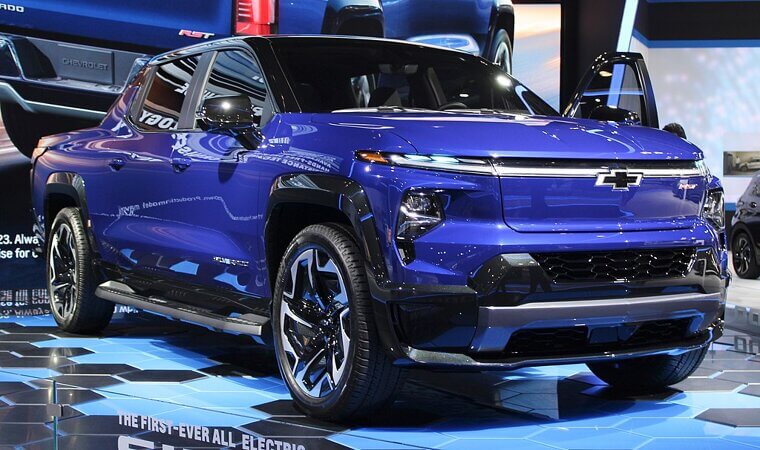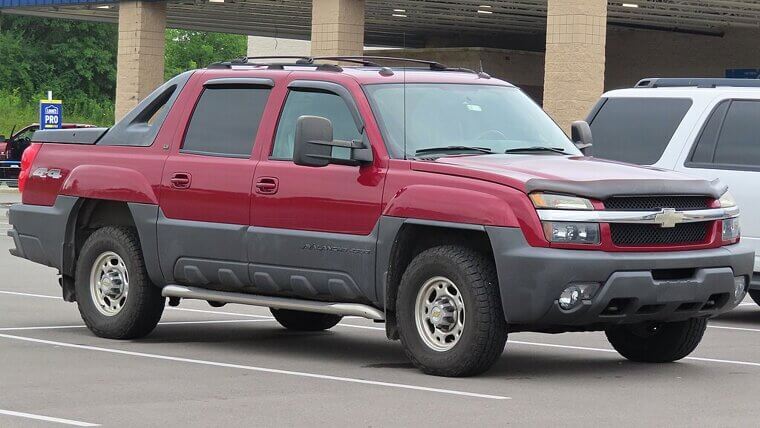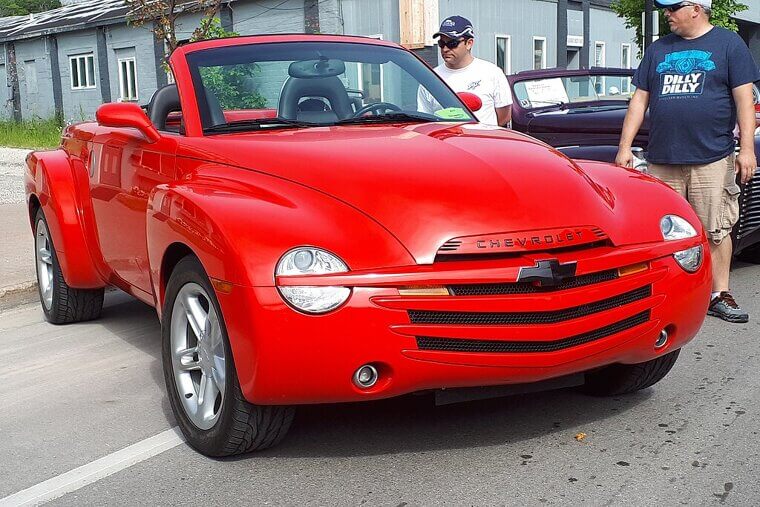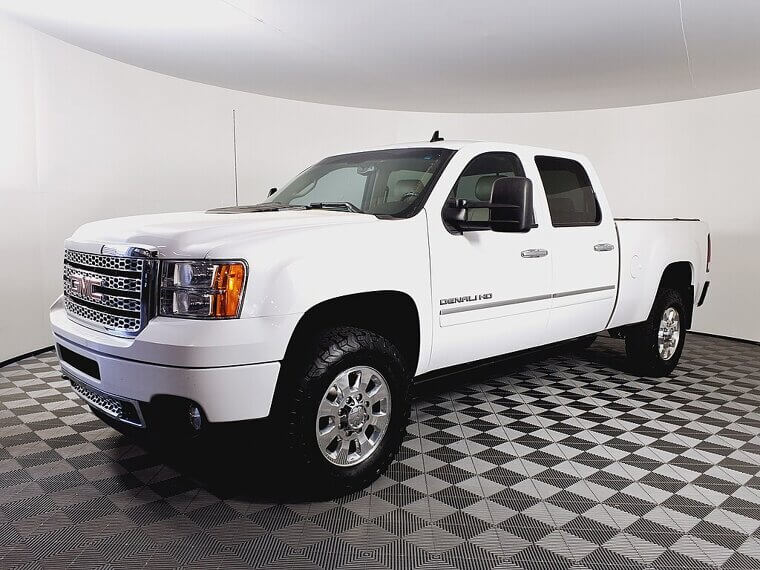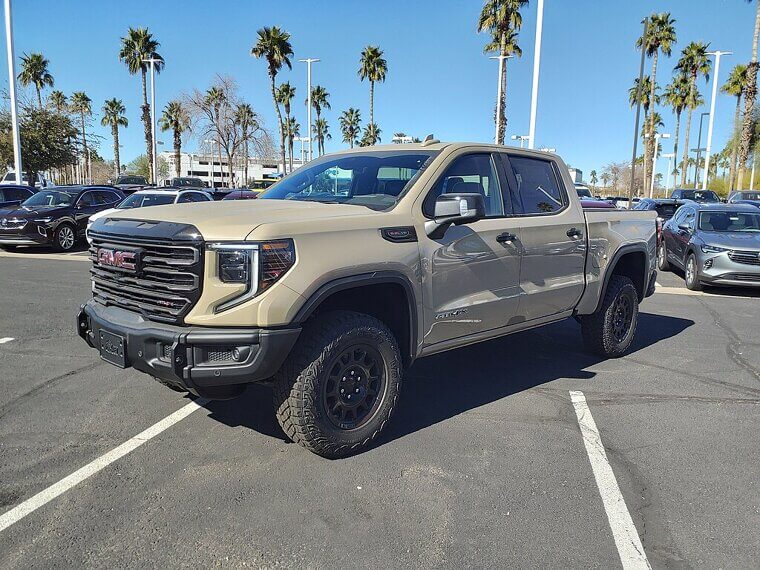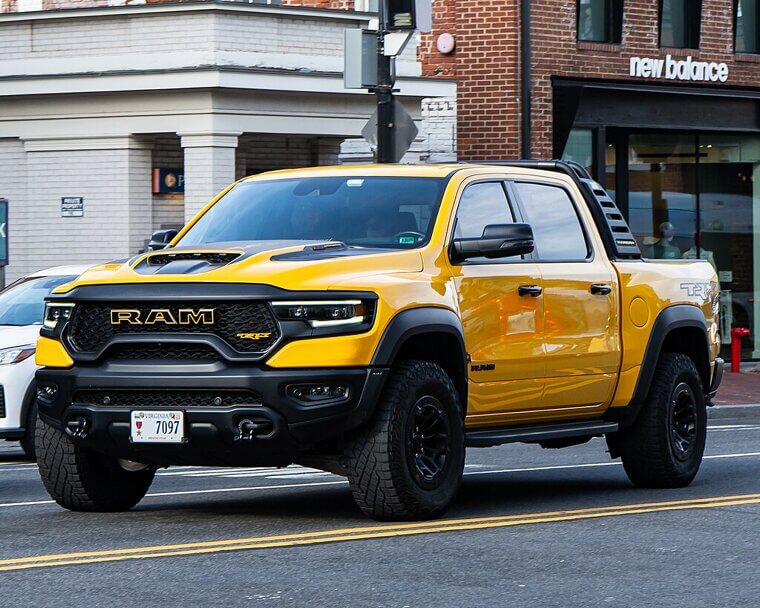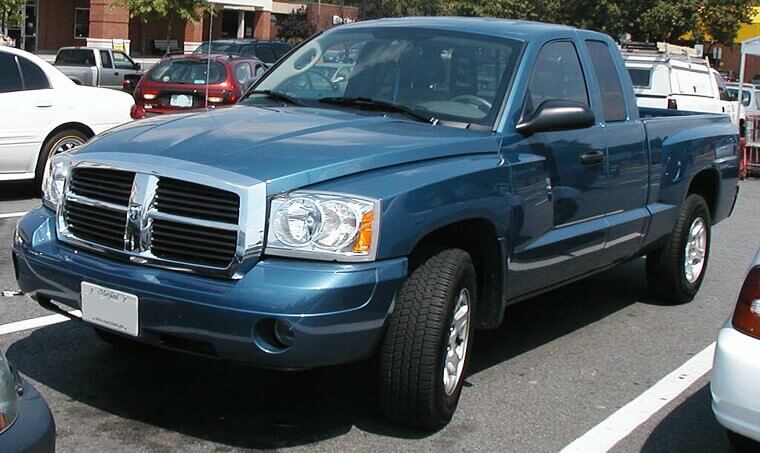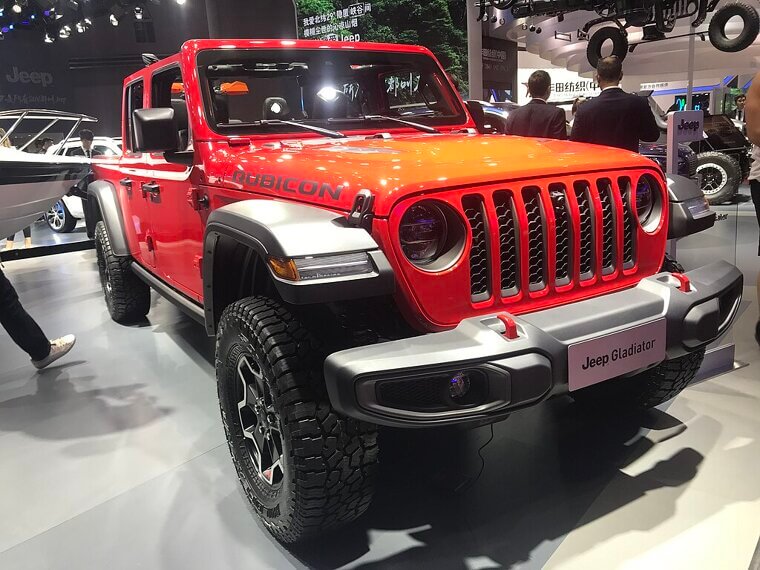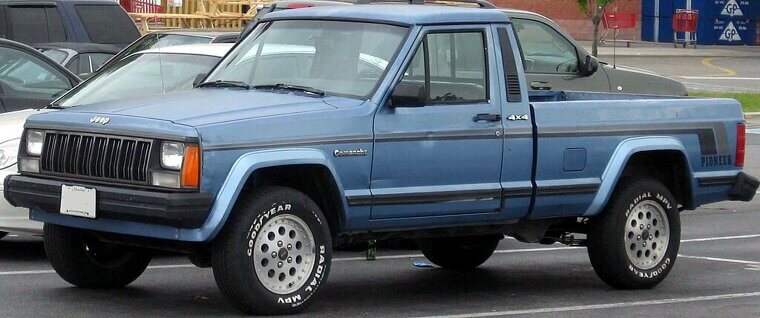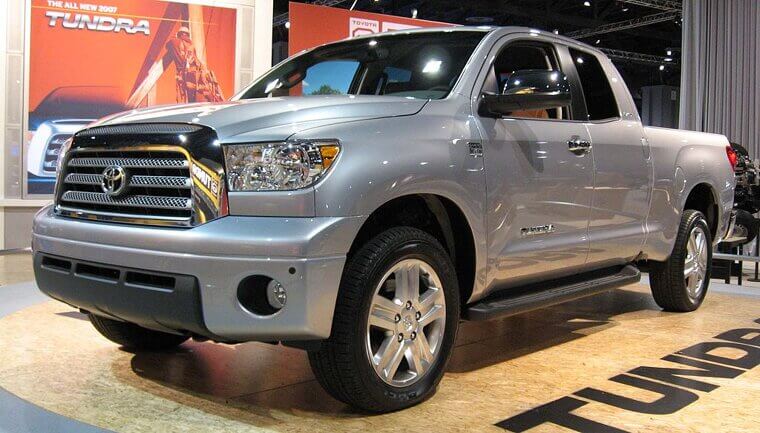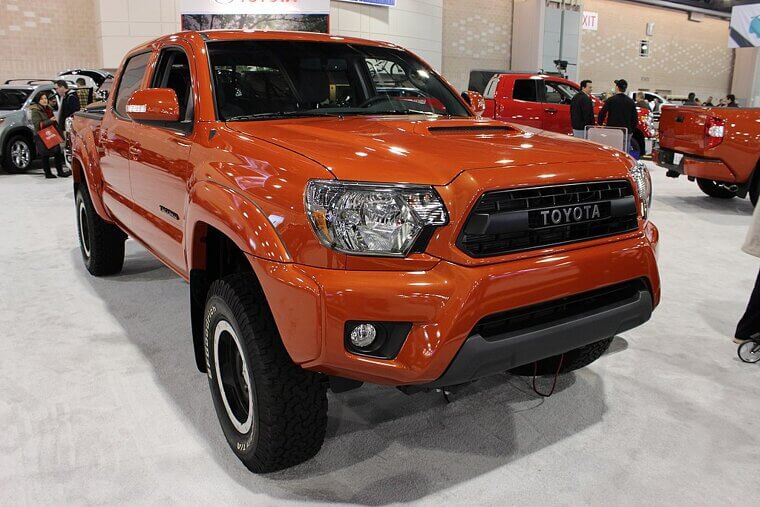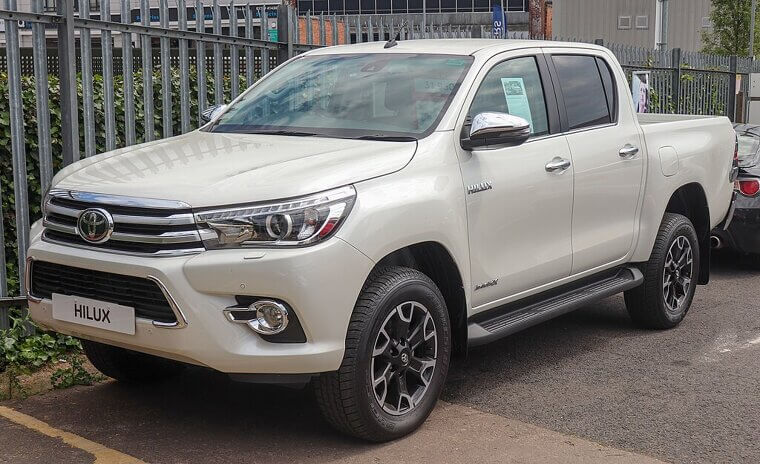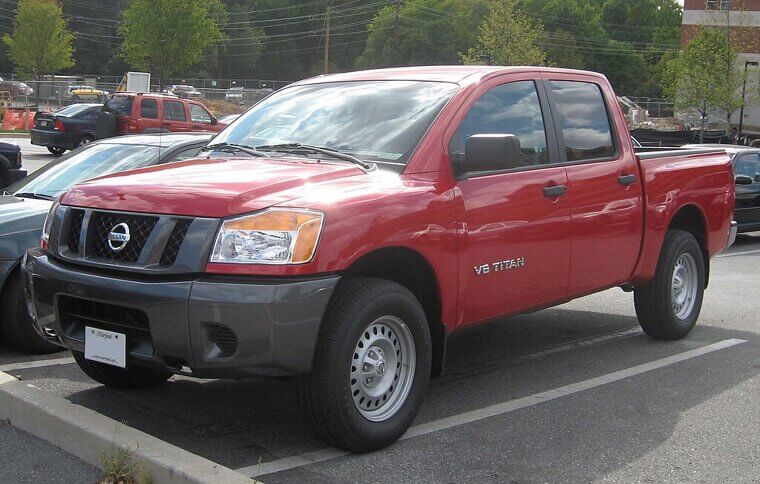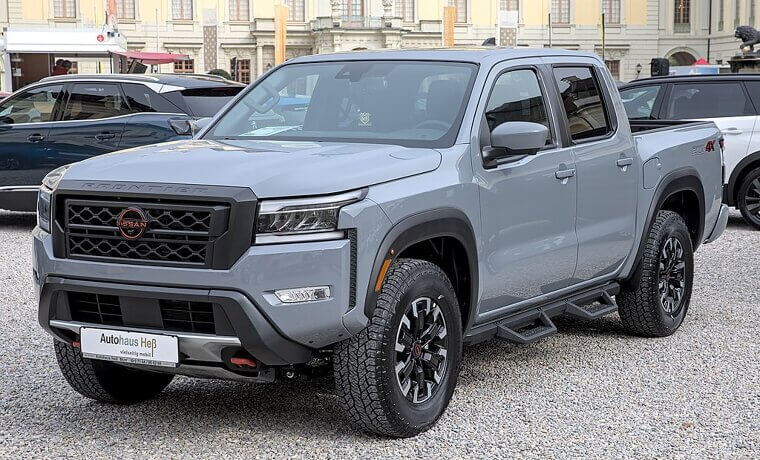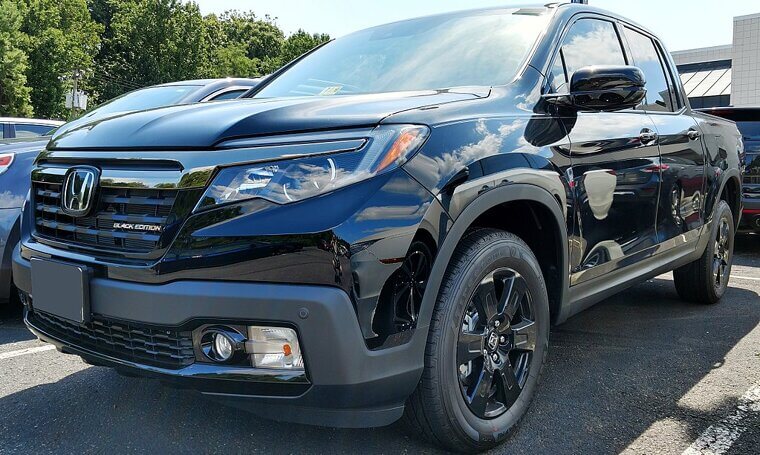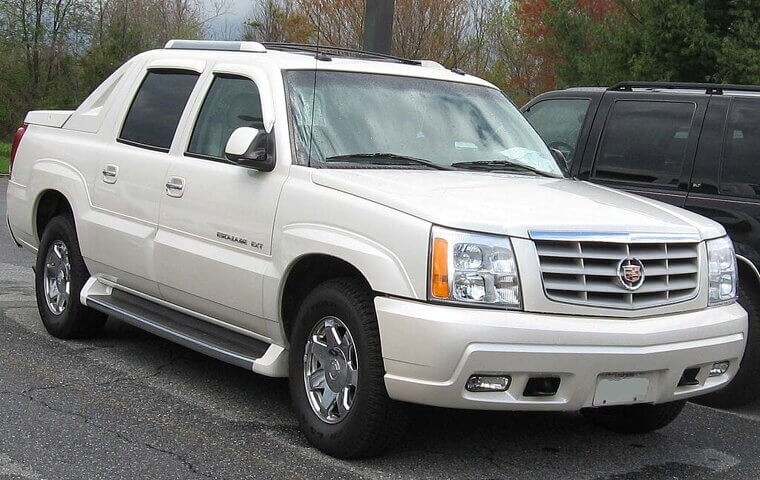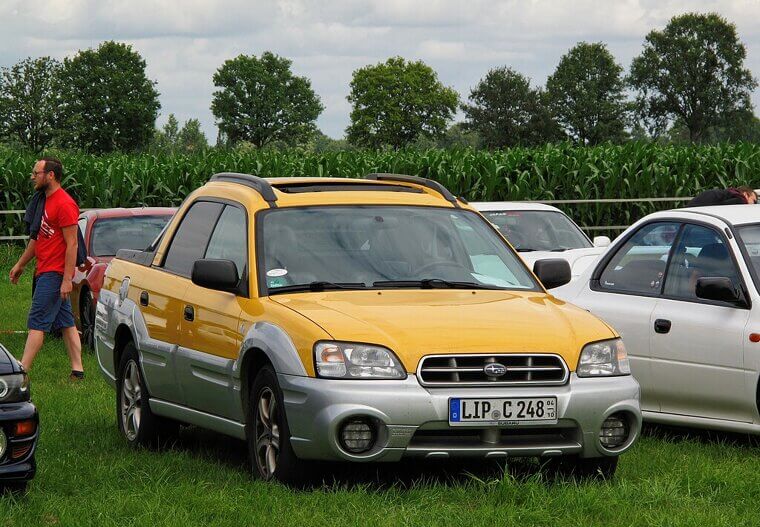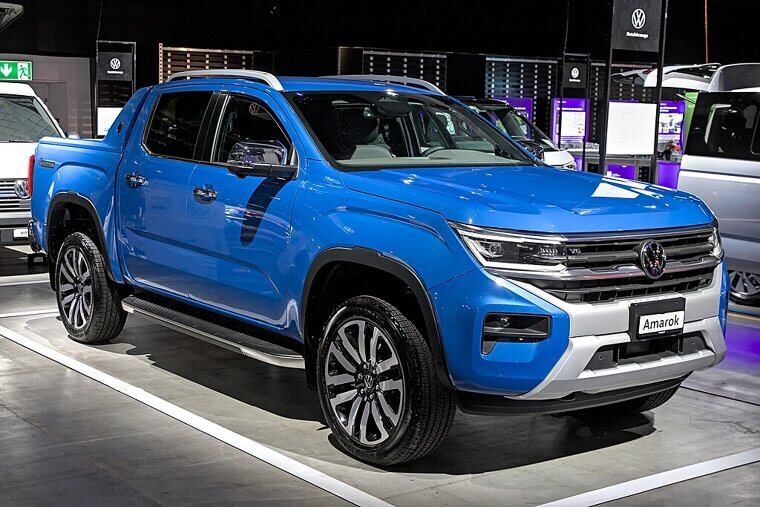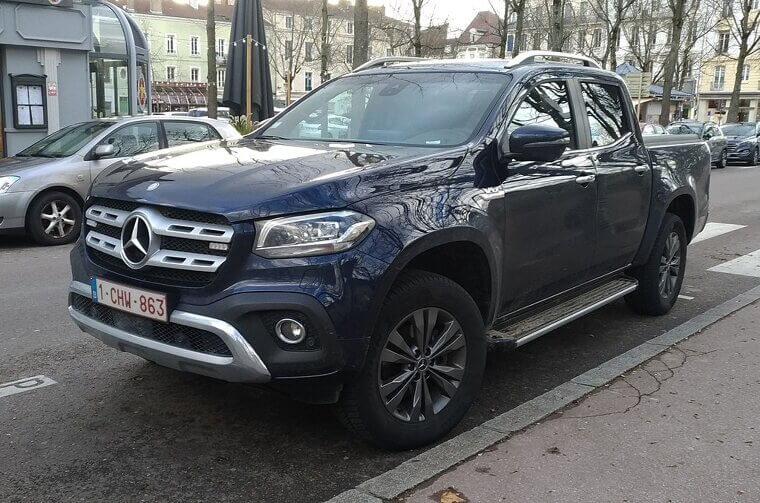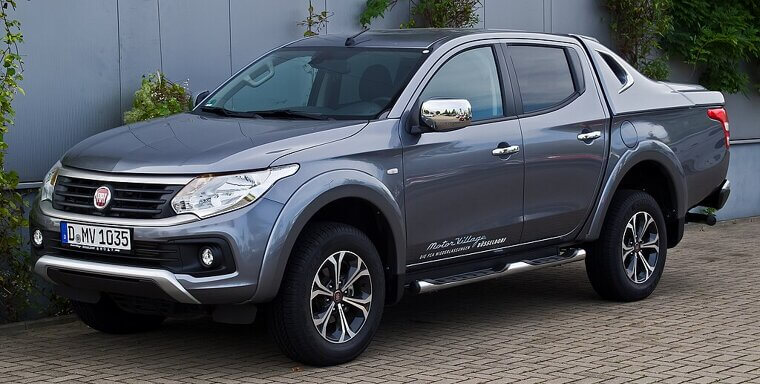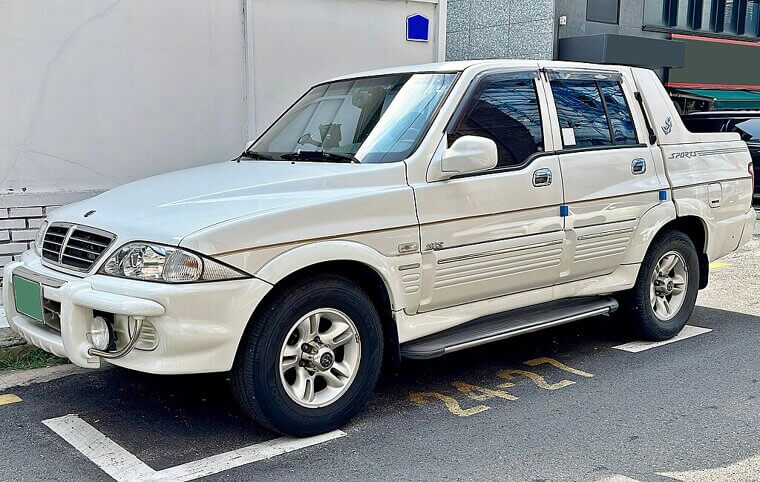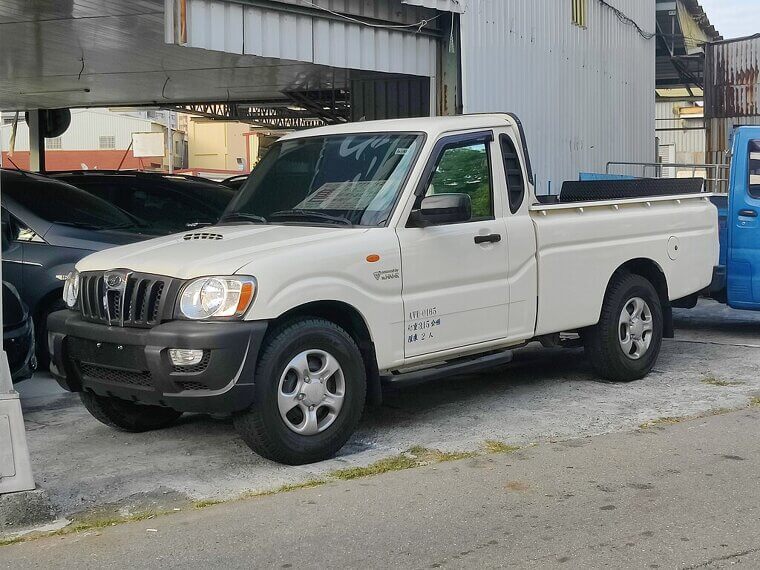Trucks That Promised More Than They Delivered
Pickup trucks are supposed to be rugged, reliable, and ready for anything… but sometimes the hype machine runs hotter than the engine, and these pickups prove marketing buzz doesn’t always match reality. Let’s dig into the most notorious examples.
Tesla Cybertruck (2024–Present)
The Cybertruck’s polarizing design and bold promises grabbed headlines, but production delays and steep pricing left buyers underwhelmed. Despite claims of bulletproof glass and unmatched utility, early models have struggled to meet expectations; its real-world practicality and value remain questionable compared to traditional pickups.
Hummer EV Pickup (2022–Present)
GM resurrected Hummer as an “eco-friendly” EV, but its staggering weight, price tag, and complexity turned excitement into skepticism. With a curb weight over 9,000 pounds, it’s hardly efficient. Sadly, the hype surrounding its green image doesn’t match its massive footprint or steep running costs.
GMC Canyon AT4X (2023–Present)
The Canyon AT4X promised serious off-road chops in a midsize package, but many found it overpriced for what it delivers. It’s capable, but it doesn’t outshine cheaper competitors and feels more like a lifestyle truck than a rugged workhorse. Marketing positioned it as a game-changer, but buyers saw through the hype.
Rivian R1T (2022–Present)
The Rivian R1T made waves as the first electric adventure pickup… before production delays, supply chain issues, and a premium price cooled enthusiasm. Early adopters love its innovative features, but slow rollout and shaky resale value show that jumping the gun doesn’t always equal instant success or long-term reliability.
Lordstown Endurance (2023–Present)
Lordstown’s Endurance was marketed as a Tesla rival and the future of American EV trucks; however, the company’s bankruptcy and quality issues made it more of a cautionary tale. Production numbers were tiny, and reliability concerns scared buyers.
Ford F-150 Lightning (2022–Present)
Ford’s electric F-150 earned glowing headlines until rising prices, supply shortages, and range limitations when towing dampened excitement. It’s an impressive EV, but marketing made it seem like a seamless replacement for gas trucks… and it isn’t quite there yet!
Ford F-150 Raptor (2010–Present)
The Raptor is a legend, but it’s also an example of over-the-top marketing. Billed as a Baja-ready super-truck, most Raptors never see dirt, and its high price and low towing capacity leave some buyers feeling misled. It’s cool, but its hype made it more of a status symbol than a workhorse.
Ford Maverick (2022–Present)
The Maverick arrived with fanfare as a cheap, practical compact truck, then skyrocketing dealer markups and limited availability hurt its appeal. Buyers love its fuel economy and versatility, yet Ford’s inability to meet demand turned this bargain truck into an expensive unicorn.
Ford Explorer Sport Trac (2001–2010)
Although pitched as a versatile mix of SUV comfort and pickup utility, the Sport Trac didn’t excel at either. Its small bed and limited towing power made it less useful than a real truck, while its SUV base meant higher costs. Despite big marketing, it faded into obscurity.
Chevrolet Silverado EV (2024–Present)
Chevy’s answer to the F-150 Lightning came with futuristic promises and GM marketing that made it sound floorless, but sky-high prices and confusing trim levels dampened excitement. Early buyers praised its tech; however, its real-world usability (towing and range particularly) soured things.
Chevrolet Avalanche (2002–2013)
Although the Avalanche promised SUV comfort and truck capability, its odd styling divided buyers. It lacked the towing power of rivals, and its hefty price didn’t help. While it has a cult following today, Chevy’s marketing promised revolutionary… then delivered a niche experiment.
Chevrolet SSR (2003–2006)
A retro-styled convertible pickup sounded cool on paper. Unfortunately, the SSR was slow, impractical, and absurdly expensive! Its tiny bed and lack of utility alienated truck buyers, while sports car fans mocked its weight.
GMC Hummer H2 SUT (2005–2009)
While the H2 SUT turned the Hummer into a “pickup,” its small bed, massive weight, and horrendous fuel economy made it a tough sell. Marketed as the ultimate lifestyle truck, it became a poster child for early-2000s excess. Collectors love it now, but back then, hype far outpaced practicality.
GMC Sierra Denali (2002–Present)
The Sierra Denali line was billed as a rugged luxury pickup, but its early versions offered little more than leather seats and a big price tag. It blurred the line between truck and SUV without excelling at either, proving that slapping “Denali” on a badge doesn’t make a vehicle premium.
GMC Sierra 1500 AT4X (2022–Present)
The AT4X promised off-road dominance that came with a luxury-level price tag, making it hard to justify for most buyers. Its capability doesn’t outperform cheaper competitors like the Ford Tremor or Ram Rebel. Despite GMC hype, in practice it’s just another pricey lifestyle truck.
Dodge Ram SRT-10 (2004–2006)
A Viper-powered pickup sounds incredible, and while the SRT-10 delivered speed, it sacrificed everything else! With poor towing, terrible fuel economy, and a hefty price, it was marketed as a super-truck until owners learned it was a one-trick pony.
Ram 1500 TRX (2021–Present)
As a beast with a Hellcat V8, the TRX is more about bragging rights than practicality. Its price, weight, and fuel economy limit its appeal, and most never see the desert terrain it was designed for. While undeniably cool, its hype machine made it seem more versatile than reality.
Dodge Dakota (2005–2011)
The Dakota aimed to bridge midsize and full-size markets, but struggled to find its niche. Marketing pitched it as a “right-sized” truck, yet it lacked standout features, and reliability issues hurt sales. With bland styling and middling performance, it proved that size alone doesn’t make a truck memorable or competitive.
Jeep Gladiator (2020–Present)
The Gladiator was hyped as the ultimate Jeep with truck capability; in reality, its high price, mediocre payload, and long wheelbase made it less appealing than rivals. Jeep fans love its style, but for the cost, buyers could get more capable trucks.
Jeep Comanche (1986–1992)
The Comanche offered Jeep’s off-road DNA in a pickup form, then poor marketing, reliability concerns, and a lack of consumer interest doomed it. It’s now a cult classic, yet back in the day, it never lived up to Jeep’s hype. The concept was cool, the execution less so.
Toyota Tundra (2007–2021, 2nd Gen)
Toyota hyped the second-gen Tundra as the full-size truck that would dethrone the Detroit Three. While it was reliable and powerful, its outdated tech, thirsty V8s, and lack of innovation kept it from being a true challenger, so buyers mostly stuck with their F-150s, Rams, and Silverados.
Toyota Tacoma TRD Pro (2017–Present)
The Tacoma TRD Pro looks like an off-road beast; however, its aging drivetrain, middling towing capacity, and high price left many disappointed. Toyota markets it as the ultimate adventure truck, but buyers often find rivals like the Colorado ZR2 or Ranger Raptor more capable and comfortable.
Toyota Hilux Invincible X (2020–Present)
While the Hilux is legendary worldwide, the Invincible X trim was billed as a premium powerhouse and delivered nothing more than cosmetic upgrades. Its flashy marketing oversold what is essentially a dressed-up work truck, so “Invincible” felt more like a sticker than a spec sheet.
Nissan Titan (2004–2024)
Nissan’s attempt to break into the full-size market came with bold advertising… and little follow-through! The Titan never offered the refinement, powertrain options, or resale value to compete with Ford, GM, or Ram. Even the refreshed second-gen model fizzled, making it one of the most overhyped trucks of its time.
Nissan Frontier PRO-4X (2022–Present)
The Frontier finally got a redesign in 2022 after 17 years, and Nissan hyped it as a rugged rival to midsize kings. It’s a decent truck, but its mediocre towing, small bed options, and lack of innovation leave it lagging behind competitors.
Honda Ridgeline (2006–Present)
Honda shook up the market with a unibody pickup, calling it the future of trucks. While it drives like an SUV and offers clever features, hardcore truck fans never warmed to it. It’s a fine lifestyle vehicle; however, the hype about revolutionizing pickups was a stretch.
Honda Ridgeline Black Edition (2017–Present)
Honda doubled down with this special edition, promising even more flair. Sadly, under the sleek black paint, it was the same comfy but limited Ridgeline. The marketing made it sound sinister and rugged; in reality, it was just a dressed-up suburban hauler.
Lincoln Blackwood (2002)
The Blackwood might be the ultimate example of overhype! Lincoln promised luxury pickup glory, but it had a useless bed, a single color option, and a shocking price tag. It flopped so hard it was gone after one model year - proof that marketing muscle can’t fix bad execution.
Cadillac Escalade EXT (2002–2013)
Cadillac marketed the EXT as a luxury utility icon, then its awkward styling and tiny bed turned many buyers away. It never lived up to Escalade SUV sales and became a symbol of early-2000s excess. It’s flashy, but practicality was never part of the equation.
Subaru Baja (2003–2006)
The Baja was pitched as an adventurous “multi-activity vehicle,” but most buyers just found it odd-looking and underpowered. Subaru hyped it as a go-anywhere pickup alternative, then delivered a small bed and quirky styling that limited its appeal. It’s a cult favorite now, but at launch it missed the mark.
Volkswagen Amarok (2010–2020, 1st Gen)
VW positioned the Amarok as a premium midsize pickup, boasting refinement and Euro styling. While it was smooth to drive, it lacked the ruggedness and payload of rivals, and its high price limited its audience.
Mercedes-Benz X-Class (2017–2020)
The X-Class was hyped as the “world’s first true luxury pickup,” though buyers quickly realized it was a rebadged Nissan Navara with a hefty price tag. Its short lifespan proves that luxury branding alone can’t disguise mediocre value. It’s a rare Mercedes misfire.
Fiat Fullback (2016–2019)
Fiat marketed the Fullback as a versatile workhorse for Europe. What they delivered was essentially a Mitsubishi L200 clone. Despite bold advertising, its lack of unique features and Fiat’s limited pickup reputation meant it flopped quickly, fading from memory almost as fast as it arrived.
SsangYong Musso (2018–Present)
The Musso promises tough styling and value pricing, then delivers a rough ride and outdated tech that keep it from truly competing with major brands. Marketing paints it as a premium alternative, but it’s still mostly appealing to bargain hunters.
Mahindra Scorpio Getaway (2006–Present)
Mahindra hyped this global pickup as rugged and affordable, but its agricultural driving feel, spartan interiors, and safety concerns kept it out of serious contention. Despite ambitions to rival Toyota and Ford, it stayed a budget option rather than a global powerhouse.


